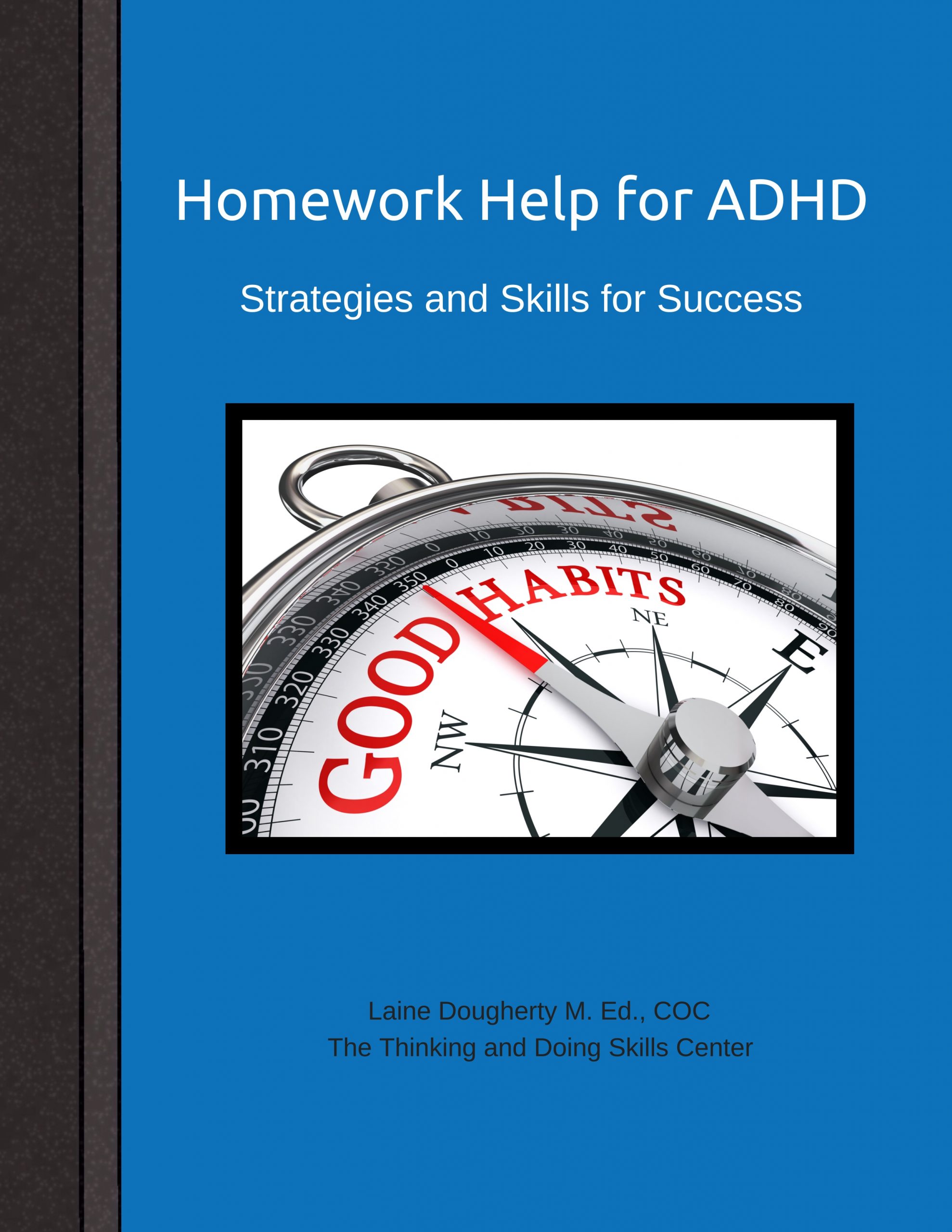Fess Up about your Files!
This week we are going to clean out our files, collect the necessary items for doing our taxes and set up household files for 2009. Ready?
 First step is to look at your files. Now fess up, are they neat and orderly and can you easily locate what you need? Or are they overflowing with meaningless paper jammed packed rather randomly into a drawer? The 80/20 rule has been used for our files as well. That means that 80% of what we file is NEVER looked at again. If you had 80% less paper in those files, would you feel better about them? If you answered “yes” you might want to start fresh for 2009. Either empty out your current drawer (and store elsewhere) and start with new folders or find another place to set up this year’s files. You can go back and deal with the old files a little bit at a time, but if you try to wade through that mess before you set up the new files, you just might not have the energy to get it all done. One exception though is if there are any tax documents you need – pull them out before you store your old files.
First step is to look at your files. Now fess up, are they neat and orderly and can you easily locate what you need? Or are they overflowing with meaningless paper jammed packed rather randomly into a drawer? The 80/20 rule has been used for our files as well. That means that 80% of what we file is NEVER looked at again. If you had 80% less paper in those files, would you feel better about them? If you answered “yes” you might want to start fresh for 2009. Either empty out your current drawer (and store elsewhere) and start with new folders or find another place to set up this year’s files. You can go back and deal with the old files a little bit at a time, but if you try to wade through that mess before you set up the new files, you just might not have the energy to get it all done. One exception though is if there are any tax documents you need – pull them out before you store your old files.
If your files are manageable, then simply go through each file folder and shred the papers you no longer need. I admit, I save the bill statements for the year….just in case. But at the end of each year I shred them and start with empty folders.
Before filing think, “Can I find this information elsewhere?” or “What is the worst thing that could happen if I didn’t have this and is that okay?”
Here are the key points to remember about files:
1. Files should be located close to where you will use them.
2. The headings on the hanging folders should be nouns and labeled so they are easy to read.
3. The headings should make sense to everyone who will be accessing the files.
4. The tabs should be on the front of the file so you can pull to open. Line tabs up in a row not scattered.
5. Use manila folders inside hanging folders if you need to create a subcategory.
6. Headings should be in alphabetical order.
To help you remember the headings you used, create a file map or list of the major headings in that file drawer. Use it to prevent duplicate headings and to help you remember where you filed things like that property tax bill.
(Hint: I file mine under Taxes so it is ready for tax time). I suggest keeping all the household papers together and then using a different drawer or plastic box for your personal files.
Once your files are cleaned out, set up any new files you might need for the upcoming year.
Now find a large manila envelope and put your tax information in it. Keep it near where you sort your mail (now that you have your command center all set up – see week 1) and as the w2’s, bank and investment information starts to arrive, place them in the manila envelope. Now when you decide to work on your taxes, you will have all the necessary information in one place.
Here’s your Homework for Week 2: Clean out your current files and set up your 2009 files. Make a file map of the category headings on a 4×6 index card and attach it to the front of an empty manila folder. Place this folder in the front of the drawer so you can easily check it. Collect all your tax information in one place.
Reward yourself for a job well done.
Got questions? Leave a comment in the box below, I will be happy to help.
Next How to Tackle and Tame Your Mountain of Paper Workshop to be held March 19, 2009 at 7pm at the Norwell Middle School Community Room. Register to attend by sending an email to: laine@laineslogic.com with your name and contact information.







 Happy Autumn! It is now officially autumn and I can see some of the leaves starting to change color here in the northeast. I love fall but I sometimes feel that it is the shortest season of all. Before you know it the cold temperatures will be here with the excitement (notice I didn’t say stress) of the holiday season.
Happy Autumn! It is now officially autumn and I can see some of the leaves starting to change color here in the northeast. I love fall but I sometimes feel that it is the shortest season of all. Before you know it the cold temperatures will be here with the excitement (notice I didn’t say stress) of the holiday season.



